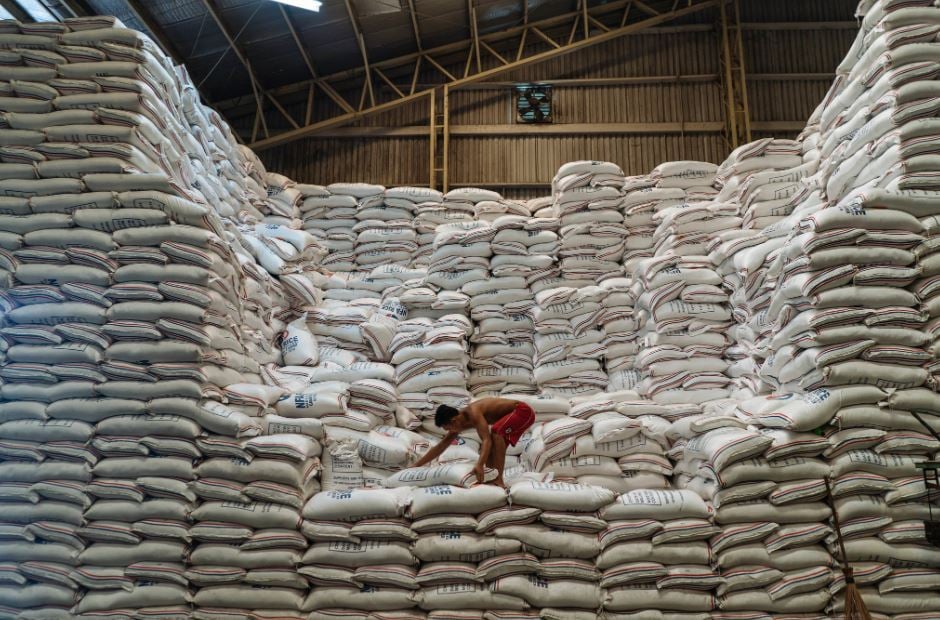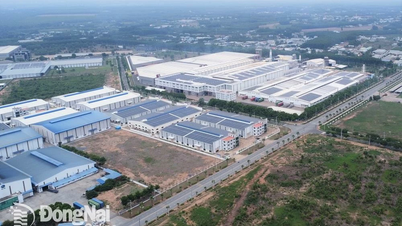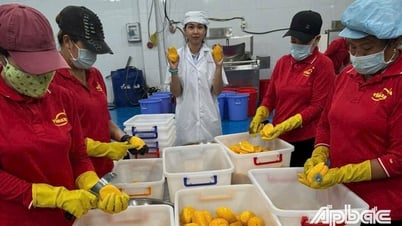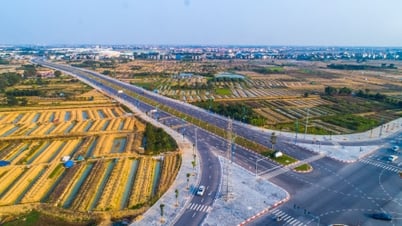 |
| Rice inside a warehouse of the National Food Authority of the Philippines in Quezon City, Philippines. Photo: NY Times |
A recent BMI report said that Philippine rice consumption will grow at an average annual rate of 2.5% until 2029. Meanwhile, domestic rice production is expected to grow at only 2% annually.
“The challenges of the rice industry in the Philippines are also reflected in the growing production shortfall, from 1.4 million tons in MY 2014-15 to an expected 3.5 million tons in MY 2024-25 and 6.1 million tons in MY 2028-29,” the report stated.
BMI stressed that limited growth in domestic rice production coupled with strong consumer demand has significantly reduced the Philippines' ability to be self-sufficient in rice.
The Philippines' rice self-sufficiency is forecast to fall to 69.7 percent of demand in 2024-2025, down significantly from 91.6 percent in 2014-2015.
The Philippines’ growing population trend will lead to continued strong demand for rice in the medium to long term. Philippine consumer spending on rice will grow faster than total food spending by 2029, BMI said.
As domestic production fails to meet demand, the Philippines is increasingly reliant on rice imports. Philippine rice imports are expected to hit a record high of 4.8 million tons in 2024, surpassing the previous peak of 3.8 million tons in 2022. This dependence on imports leaves the Philippines exposed to fluctuations in global prices and markets.
BMI estimates that the Philippines' rice imports will account for about 30 percent of domestic consumption in the 2024-2025 crop year, marking a significant increase from 17 percent five years ago.
Limited arable land, frequent typhoons and a growing population are persistent challenges holding back rice production in the Philippines.
To address this issue, the Philippines needs to improve rice productivity, according to BMI. In the 2025-2026 crop year alone, BMI forecasts that the Philippines’ domestic rice production will increase thanks to more favorable weather conditions and the extension of the Rice Competitiveness Enhancement Fund (RCEF) until 2031.
The annual budget allocation for RCEF will also increase from P10 billion to P30 billion ($524 million) to increase support for initiatives such as high-quality seed production, agricultural mechanization, training and extension, soil health improvement, pest and disease management, and irrigation water. However, RCEF cannot help the Philippines significantly improve domestic rice harvest.
The Philippines' rice output is expected to reach nearly 19.1 million tons in 2024, below the government 's target of 19.3 million tons and 4.85% lower than the record harvest of 20.06 million tons in 2023. However, the Department of Agriculture still expects rice production to hit a new record of 20.46 million tons this year.
A recent report by the United States Department of Agriculture (USA) estimated the Philippines' milled rice output at 12.25 million tons in the crop year from July 2025 to June 2026. This figure is 2.1% higher than the previous crop year.
In February, the Philippine government declared a food security emergency to address persistently high retail rice prices, despite a global downward trend in rice prices and the decision to reduce rice import tariffs last year.
The Philippine government is also stepping up efforts to negotiate with major rice exporters such as Vietnam and Thailand to secure long-term rice supply agreements. In 2024, Vietnam will remain the top rice supplier to the Philippines, accounting for three-quarters of total imports, or about 3.56 million tons, according to data from the Department of Agriculture’s Bureau of Crops.
( According to thesaigontimes.vn )
Source: https://baoapbac.vn/kinh-te/202504/phillipines-ngay-cang-thieu-gao-1038558/






































































































Comment (0)